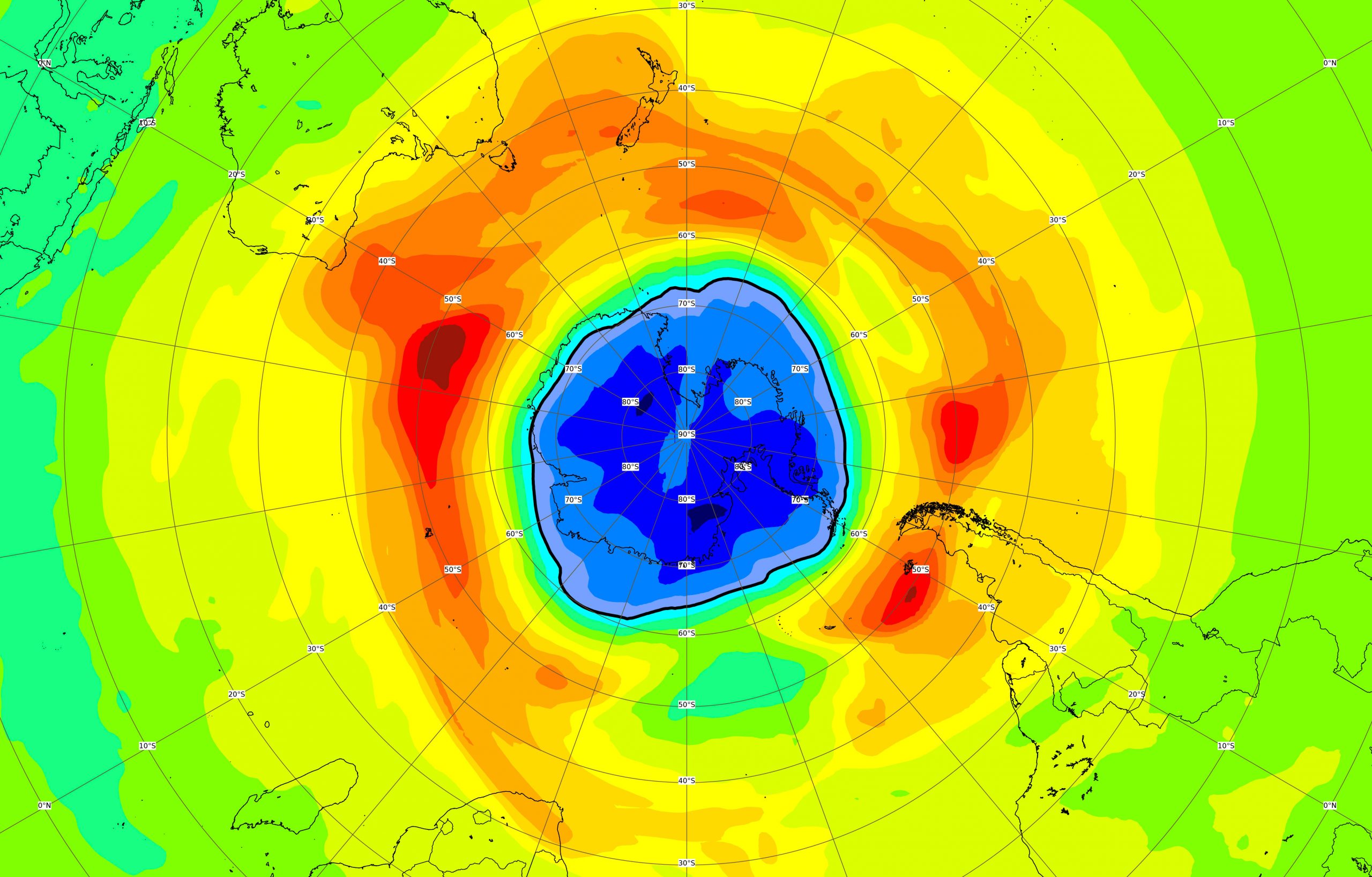The hole in the ozone layer, which appears annually over Earth’s south pole, is now bigger than the size of Antarctica, according to US media reports citing climate monitors.
The Copernicus Atmosphere Monitoring Service, which falls under the European Union, said on Thursday that hole grew “considerably” in the past week, according to CNN reports.
Also Read: UN chief urges ‘rapid’ emission cuts to curb climate change
Explaining the situation further, the key monitoring body announced that the Ozone layer forms a hole over the Antarctic between August and October, which is considered to be the spring season of the Southern Hemisphere. The hole also reaches its biggest point between these months.
Director of Copernicus Atmosphere Monitoring Service Vincent-Henri Peuch said in a statement, “This year, the ozone hole developed as expected at the start of the season. Now our forecasts show that this year´s hole has evolved into a rather larger than usual one”, CNN reported.
Also Read: World Ozone Day 2021: What humans can do to prevent ozone layer depletion
According to Associated Press reports, the Ozone hole observed in 2020 had somewhat opposite records. Even though the size of the hole was not unusually big, it set the record for being one of the longest-lasting one recorded by Copernicus.
Atmospheric ozone absorbs ultraviolet light coming from the sun. Its absence means more of this high-energy radiation reaches the Earth, where it can harm living cells.
Also Read: Humanity is doomed: Young people on climate change
The Montreal Protocol, signed in 1987, led to a ban on a group of chemicals called halocarbons that were blamed for exacerbating the annual ozone hole, according to reports from Associated Press.
Experts say that while the ozone layer is beginning to recover, it’s likely to take until the 2060s for the ozone-depleting substances used in refrigerants and spray cans to completely disappear from the atmosphere.
(With AP inputs)







